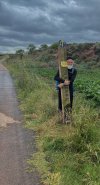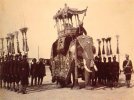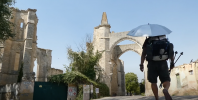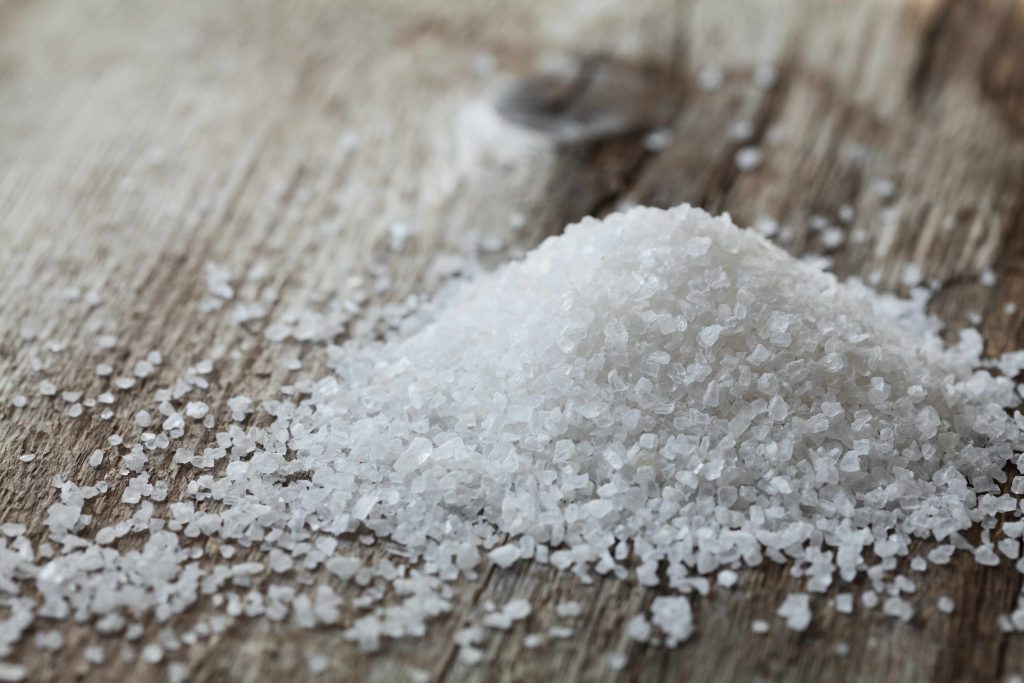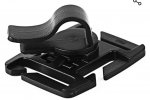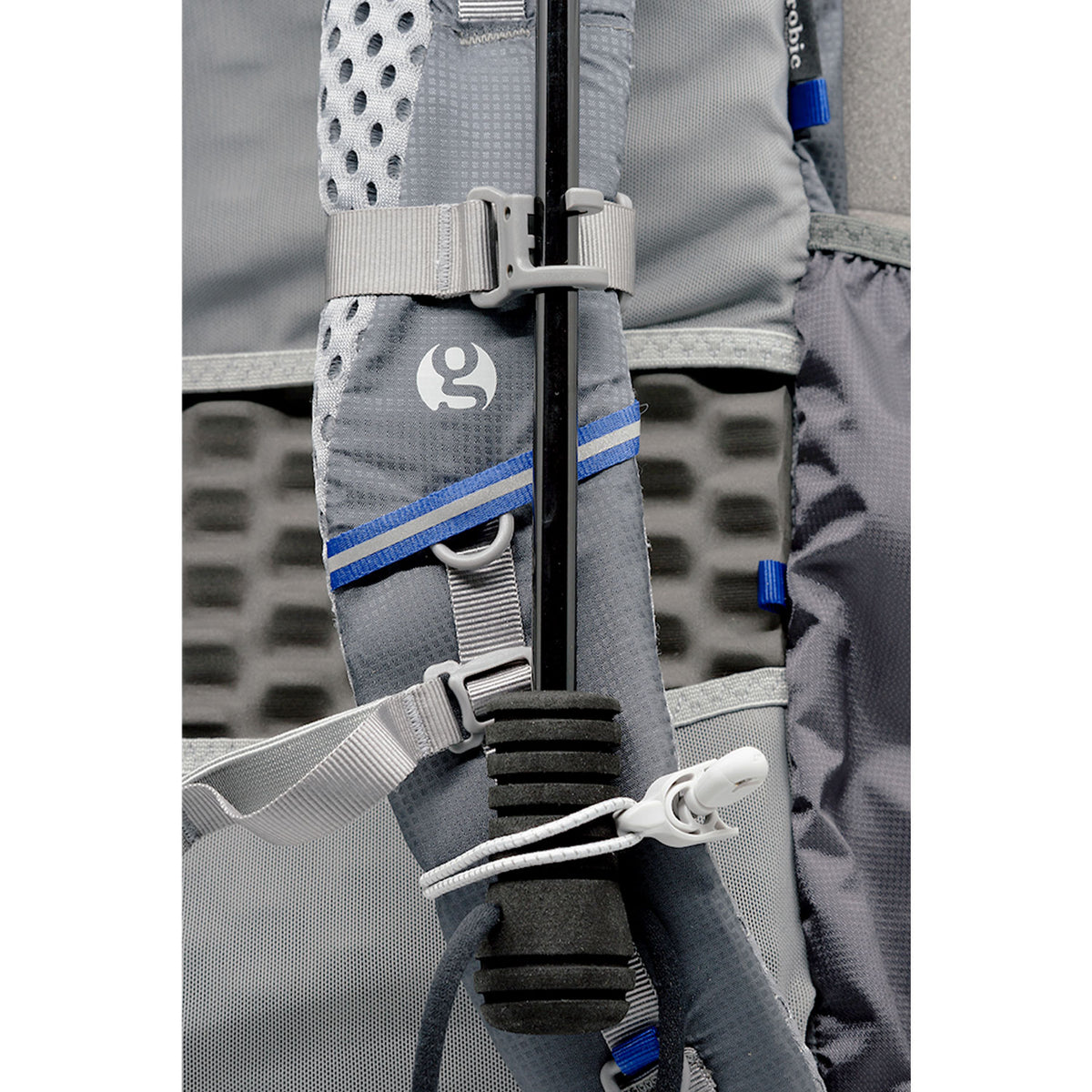- Time of past OR future Camino
- First one in 2005 from Moissac, France.
Hi - I posted a shortened version of this as a response on another thread and then thought it might make a good standalone topic.
Please do join in and add tips - it can be pretty hot out there, mad dogs and Englishman and all that ...
So - think dusty Meseta, 34+ degrees, the hot air shimmering into distant water mirages ...
1. Walk slow, really slow - no, really slow, and relaxed. Oh, and be cheerful, it really helps.
2. Shorten distances each day.
3. Start early.
4. Make your pack super-light or use a trailer (buy it before you go, obviously).
5. Wear loose clothes.
6. Wear a wide brimmed hat made of a material that can be soaked and soak it at every stream or fountain or tap, the evaporation as it dries will cool you..
7. Carry a long handled umbrella and use it as a parasol (not short handled, arm will really ache after a very short time).
8. Carry a bandanna or linen napkin with you and often wet it and run it over your skin, especially your head.
9. Hydrate of course but drinking copious amounts of water equals copious amounts of urinating and sweating which leaches out the electrolytes our bodies need, especially salt, so use electrolyte replacement sachets regularly. - If you aren't sweating and/or urinating you are dehydrated, if your sweat isn't salty you have salt/electrolyte problem. Use as much salt (lots) as you want at each meal. As a note; salt is not 'unhealthy' for you. Not enough and you will get ill and faint. Too much and the body will just excrete the excess and restore balance. In the Navy salt tablets were issued daily in the tropics and we could be fined a day's pay for not taking them.
10. Don't walk between 2 and 4pm (that is what siestas are for).
11. Drink before you walk in the morning (and the night before), camel your body.
12. Don't eat sugar in any form (especially designer 'trekking' bars!) as blood sugar levels will be raised and give you a boost but only for twenty minutes and then it will quickly drop to below it was before eating the sugar = exhaustion. Each time the body releases insulin to re-balance, a few years of this and the producing gland exhausts and doesn't work anymore and, Hey Presto! Type 2 diabetes.
13. Same goes for caffeine - if you can, give it up; highs and lows, energy and exhaustion - give it up - or! save it for 4pm and have a pot of tea - when we had the empire 4pm tea was what helped us survive in hot countries as it is a really strong (temporary) energising drug.
14. Don't eat a large lunch and don't drink alcohol at lunch.
15. If you don't have an umbrella find a large heavy tall slow moving pilgrim and walk on the shade side of them.
16. Have a servant pulling a cart behind you that carries a solar powered freezer with cold delights inside.
Buen Camino!
Please do join in and add tips - it can be pretty hot out there, mad dogs and Englishman and all that ...
So - think dusty Meseta, 34+ degrees, the hot air shimmering into distant water mirages ...
1. Walk slow, really slow - no, really slow, and relaxed. Oh, and be cheerful, it really helps.
2. Shorten distances each day.
3. Start early.
4. Make your pack super-light or use a trailer (buy it before you go, obviously).
5. Wear loose clothes.
6. Wear a wide brimmed hat made of a material that can be soaked and soak it at every stream or fountain or tap, the evaporation as it dries will cool you..
7. Carry a long handled umbrella and use it as a parasol (not short handled, arm will really ache after a very short time).
8. Carry a bandanna or linen napkin with you and often wet it and run it over your skin, especially your head.
9. Hydrate of course but drinking copious amounts of water equals copious amounts of urinating and sweating which leaches out the electrolytes our bodies need, especially salt, so use electrolyte replacement sachets regularly. - If you aren't sweating and/or urinating you are dehydrated, if your sweat isn't salty you have salt/electrolyte problem. Use as much salt (lots) as you want at each meal. As a note; salt is not 'unhealthy' for you. Not enough and you will get ill and faint. Too much and the body will just excrete the excess and restore balance. In the Navy salt tablets were issued daily in the tropics and we could be fined a day's pay for not taking them.
10. Don't walk between 2 and 4pm (that is what siestas are for).
11. Drink before you walk in the morning (and the night before), camel your body.
12. Don't eat sugar in any form (especially designer 'trekking' bars!) as blood sugar levels will be raised and give you a boost but only for twenty minutes and then it will quickly drop to below it was before eating the sugar = exhaustion. Each time the body releases insulin to re-balance, a few years of this and the producing gland exhausts and doesn't work anymore and, Hey Presto! Type 2 diabetes.
13. Same goes for caffeine - if you can, give it up; highs and lows, energy and exhaustion - give it up - or! save it for 4pm and have a pot of tea - when we had the empire 4pm tea was what helped us survive in hot countries as it is a really strong (temporary) energising drug.
14. Don't eat a large lunch and don't drink alcohol at lunch.
15. If you don't have an umbrella find a large heavy tall slow moving pilgrim and walk on the shade side of them.
16. Have a servant pulling a cart behind you that carries a solar powered freezer with cold delights inside.
Buen Camino!
Last edited:






